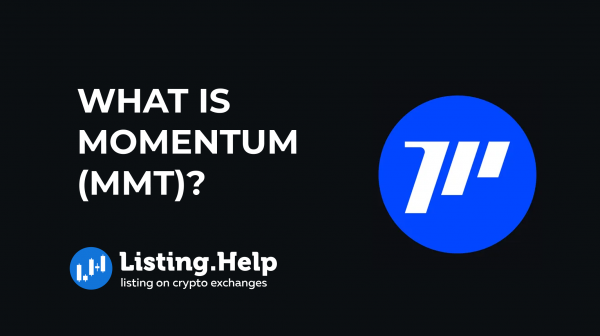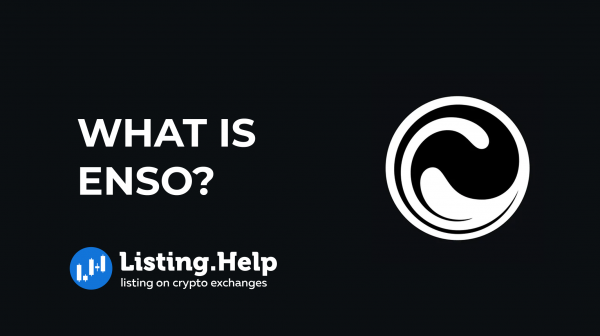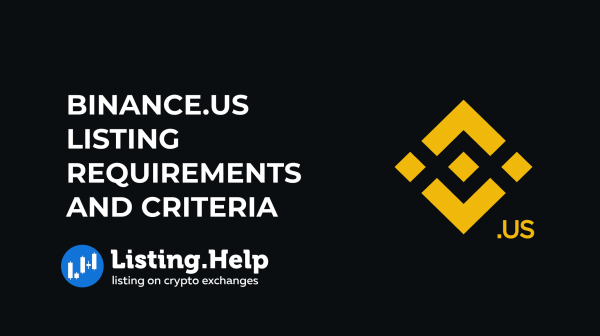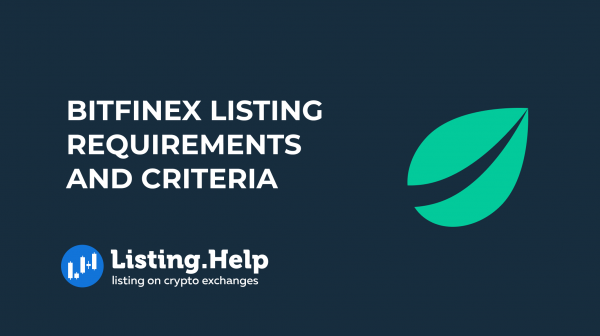What is YieldBasis (YB)?
 November 27, 2025
November 27, 2025 Updated: November 27 2025, 01:24
Updated: November 27 2025, 01:24
LEAVE A REQUEST
Launching your own token project? Our experts are ready to help with listing on exchanges, market making, marketing and other solutions
SUBMIT APPLICATIONProviding liquidity to crypto AMMs often puts users at risk of impermanent loss (IL). This occurs when the value of tokens placed in a liquidity pool ends up lower than simply holding the assets outright.
YieldBasis (YB) introduces an approach designed for BTC liquidity providers who want to avoid IL while still earning trading fees. By using a leveraged liquidity structure, YieldBasis maintains a 2x position that mirrors BTC’s price behavior, removing IL and improving outcomes for participants.
What is YieldBasis?
YieldBasis (YB) is a decentralized finance (DeFi) protocol built to help crypto holders earn consistent on-chain returns without dealing with impermanent loss. It went live in early 2025, created by Michael Egorov, the founder of Curve Finance, and is closely linked with the Curve ecosystem.
Its main idea centers around leveraged liquidity provisioning. Rather than relying on traditional AMMs where LPs face shifting asset balances, YieldBasis sets up positions that move in line with the underlying asset — such as BTC — on a 1:1 basis. This works by pairing deposited BTC with an equal dollar value of crvUSD (Curve’s native stablecoin) and automatically keeping the position at a 2× leverage level.
When users deposit BTC, they receive “wrapped” tokens like ybBTC. These tokens reflect their share of a rebalanced, leveraged liquidity pool. As BTC’s price changes, the system adjusts the position to stay aligned with the 2× target and prevent the erosion normally caused by impermanent loss.
YieldBasis launched with strong support from its community and the Curve DAO, which provided a sizable crvUSD credit line to help run its pools. Initial activity has centered on Bitcoin, and the team plans to extend the same model to ETH and other assets as the protocol expands.
How Does YieldBasis Work?
YieldBasis functions by building a leveraged liquidity position inside the Curve BTC/crvUSD pool.
The system works in several steps:
Users start by depositing BTC into YieldBasis. In return, they receive ybBTC, which represents their share of a position built with 2x exposure to the BTC/crvUSD pool.
The protocol then borrows crvUSD — matching the dollar value of the BTC deposit — so the setup maintains a consistent 2x leverage, which results in a 50% debt-to-value ratio.
The BTC and crvUSD are deposited into the Curve pool, producing an LP token. This LP token acts as the collateral used to support the borrowed crvUSD.
To keep the position aligned with the 2x target, the protocol includes an automated rebalancing mechanism. Arbitrage traders are encouraged to step in and adjust debt levels and LP holdings whenever BTC’s price shifts.
Users can leave their ybBTC unstaked to collect trading fees in BTC, or they can stake ybBTC to earn YB token emissions. YB tokens may also be locked for governance and a portion of BTC-based fees.
The YB token is listed on many platforms, including XT, Bitrue, Coinone and Bybit. If you’re looking to list your token on similar platforms, understanding the token listing process and crypto exchange listing fees is essential.
The Problem of Impermanent Loss
In standard AMMs, impermanent loss appears when the pool adjusts the ratio of assets after price movements. This constant rebalancing often reduces overall performance compared to holding BTC directly.
For instance, if BTC doubles in price, a BTC–stablecoin AMM position that keeps rebalancing can end up roughly 5.7% lower in value than a simple BTC hold.
Some protocols attempt to cover this gap with incentives, but those rewards don’t solve the root issue. YieldBasis instead removes IL altogether by structuring leveraged LP positions so they move in complete alignment with BTC’s price.
Leveraged Liquidity
By matching deposited BTC with borrowed crvUSD and maintaining a 2x leverage position, YieldBasis ensures the LP value follows BTC’s price exactly. The process works as follows:
A collateralized debt position (CDP) is used to borrow crvUSD equal in dollar value to the deposited BTC.
Both BTC and crvUSD are then added to the Curve BTC/crvUSD pool.
The LP token from this deposit becomes the collateral for the outstanding crvUSD debt.
The system continually keeps the debt at 50% of the total LP value.
Rebalancing is carried out on-chain by arbitrage traders interacting with the Rebalancing-AMM and VirtualPool, allowing the contract to mint or burn LP tokens and adjust debt so the leverage remains precise after BTC price movements.
Thanks to this design — and the mathematical behavior of Curve’s pool — YieldBasis avoids the sublinear performance seen in regular AMMs. That means IL is effectively removed, and liquidity providers gain full BTC exposure while still earning fees.
Potential Risks
Although YieldBasis removes impermanent loss, users should be aware of several risks:
Smart contract vulnerabilities can lead to losses, as with any DeFi protocol.
Arbitrage activity is essential for rebalancing; if it slows or becomes ineffective, the system could drift away from its intended leverage.
Sharp market movements or thin liquidity in the underlying pools may affect stability and earnings.
crvUSD borrowing introduces additional protocol-level risks, such as issues with the stablecoin’s stability or the borrowing mechanics.
Conclusion
YieldBasis offers a practical method for BTC liquidity providers to avoid impermanent loss by using leveraged liquidity and automated rebalancing. This setup preserves full BTC price exposure and enables users to earn fees without the drawbacks that traditional AMMs typically impose.

For more insights and updates on the crypto world, don’t forget to check out our blog at Listing.Help.







 December 15, 2025
December 15, 2025 








